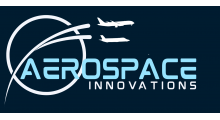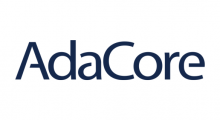An overview of the FACE standard, and what that implies outside the USA
Alex Wilson
Director of Business Development, Aerospace and Defence at Wind River
The Future Airborne Capability Environment (FACE™) Technical Standard and business strategy are driving new efficiencies in avionics platforms. The FACE Standard enables platform integrators to rapidly assemble best-of-breed technologies with commercial-off-the-shelf (COTS) components that have proven safety certification credentials. The aim is to reduce integration and certification/airworthiness risk while improving reuse across both manned and unmanned systems.
The FACE Consortium technical team created a technical standard-of-standards, utilizing over 120 existing technical standards already proven in commercial and military aviation. The ARINC 653 Integrated Modular Avionics (IMA) standard, proven on multiple Boeing commercial aircraft, is the basis of the safety profile in order to create a broad ecosystem of suppliers. They also selected subsets of the POSIX standard, to augment this multi-vendor partitioning strategy for rapid insertion of mission and sensor applications.
From a business standpoint, it was quickly recognized that traditional procurement models – where a prime contractor and its ecosystem maintain a platform for life – caused innovation to be slowed by government procurement processes. The FACE Consortium business team created a role-based environment, similar to the roles defined in RTCA DO-297. This business model allows for the most efficient supply chain to be selected for any aircraft design or equipment upgrade.
This briefing will cover these aspects of the FACE Technical Standard and business strategy and look at the implication of applying the FACE approach to UK industry and programs.




